Code
HCS31142
Weight
700 gm / 1.54 lbs
Size
Height
14cm (6") Width
10cm (4") Depth
5.5cm (2") Material
Copper
Availability
Available

Safe Payment
We accept Paypal, Money Transfer, Bank Transfer
Confidence
Protection covers your purchase and personal data.
Worldwide Delivery
We ship Worldwide, except Russia.Shipping cost US$25.2 for upto 0.5 kgs

Hotline
Talk to help line for your question on 9841267335Full Fire Gold Plating
This Black Mahakala Statue [full Gold Plated], [ceramic Molding] is finished with full gold plating. also known as mercury gold plating or fire gold plating. This traditional technique involves the application of a genuine layer of gold onto the Black Mahakala Statue [full Gold Plated], [ceramic Molding]. Referred to as mercury gold plating, it is considered the correct and authentic form of gold plating in Nepal. Despite being more expensive than electroplating, this traditional mercury gold plating is gaining popularity again in Nepal. People are drawn to its authenticity, longevity, and the unmatched beauty it brings to the Black Mahakala Statue [full Gold Plated], [ceramic Molding]. The resurgence of interest in this traditional form of gold plating reflects a growing appreciation for the craftsmanship and cultural heritage of Nepal Read More . . .
This Black Mahakala Statue [full Gold Plated], [ceramic Molding] is finished with full gold plating. also known as mercury gold plating or fire gold plating. This traditional technique involves the application of a genuine layer of gold onto the Black Mahakala Statue [full Gold Plated], [ceramic Molding]. Referred to as mercury gold plating, it is considered the correct and authentic form of gold plating in Nepal. Despite being more expensive than electroplating, this traditional mercury gold plating is gaining popularity again in Nepal. People are drawn to its authenticity, longevity, and the unmatched beauty it brings to the Black Mahakala Statue [full Gold Plated], [ceramic Molding]. The resurgence of interest in this traditional form of gold plating reflects a growing appreciation for the craftsmanship and cultural heritage of Nepal Read More . . .
Ceramic Molding System
The Black Mahakala Statue [full Gold Plated], [ceramic Molding] has been crafted using the Ceramic mold casting process, a modern approach that provides an alternative to traditional methods such as the lost-wax system or rubber molding. Also referred to as ceramic molding, this technique involves the creation of a ceramic mold to cast the statue. The process begins by making a precise and detailed wax model of the desired sculpture. The wax model is then coated with layers of ceramic material, creating a sturdy mold. Once the mold is complete, it is fired in a kiln, causing the wax to melt and escape, leaving behind a cavity that perfectly replicates the original sculpture. Molten metal is then poured into the mold, allowing it to fill the cavity and take on the desired form. Once cooled and solidified, the ceramic mold is carefully broken away, revealing the final metal statue. Read More . . .
The Black Mahakala Statue [full Gold Plated], [ceramic Molding] has been crafted using the Ceramic mold casting process, a modern approach that provides an alternative to traditional methods such as the lost-wax system or rubber molding. Also referred to as ceramic molding, this technique involves the creation of a ceramic mold to cast the statue. The process begins by making a precise and detailed wax model of the desired sculpture. The wax model is then coated with layers of ceramic material, creating a sturdy mold. Once the mold is complete, it is fired in a kiln, causing the wax to melt and escape, leaving behind a cavity that perfectly replicates the original sculpture. Molten metal is then poured into the mold, allowing it to fill the cavity and take on the desired form. Once cooled and solidified, the ceramic mold is carefully broken away, revealing the final metal statue. Read More . . .
About Black Mahakala :
Black Mahakala is a prominent deity in Tibetan Buddhism, known for his fierce and wrathful form. Also called Bernakchen, he is revered as a protector and remover of obstacles. Black Mahakala is often depicted with a dark blue or black complexion, standing on a corpse, and wearing a crown of five skulls. He holds a trident, a skullcup, and a curved knife, symbolizing his power to destroy ignorance and negativity. Devotees believe that practicing Black Mahakala can help overcome obstacles, dispel negative energies, and cultivate inner strength and wisdom.
Iconography:
Black Mahakala is typically depicted with a fierce expression, dark blue or black, symbolizing his wrathful nature. He stands on a corpse, representing his triumph over death and impermanence. He has four arms, each holding a symbolic object. His main right hand wields a trident, representing his power over the three poisons of ignorance, attachment, and aversion. In his main left hand, he holds a skull cup filled with blood, symbolizing the transmutation of negative emotions. His remaining two hands hold a curved knife, representing the severance of ignorance, and a lasso, symbolizing the binding of negative forces.
History:
The origin of Black Mahakala can be traced back to ancient Indian Buddhism. In Tibet, he is considered to be an emanation of the Bodhisattva Avalokiteshvara, who embodies compassion. Black Mahakala became particularly popular during the time of the great Indian teacher Padmasambhava, who introduced tantric Buddhism to Tibet. Over the centuries, he gained significance as a protector deity in the Tibetan Buddhist tradition, and his practice spread widely throughout the region.
Temples:
Black Mahakala is widely revered in Nepal, and there are several temples dedicated to him. One notable temple is the Mahakala Temple in Patan, Nepal. Situated in the Patan Durbar Square, it is a sacred place where devotees gather to offer prayers and perform rituals to Black Mahakala. Another important temple is the Mahakala Temple in Kathmandu, located near the popular pilgrimage site of Swayambhunath Stupa. Both of these temples are significant pilgrimage sites for followers of Tibetan Buddhism.
Benefits of Practicing Black Mahakala:
The practice of Black Mahakala offers numerous benefits to practitioners. By connecting with this deity, individuals can overcome obstacles, both external and internal. Black Mahakala's wrathful form represents the transformative power to annihilate ignorance and destructive forces within oneself. Through devotion and practice, one can cultivate courage, inner strength, and wisdom. Additionally, practicing Black Mahakala is believed to purify negative karma, protect against harm, and promote spiritual growth on the path to enlightenment.
How to Practice:
The practice of Black Mahakala involves various aspects, including visualization, mantra recitation, and ritual offerings. Devotees often begin by visualizing Black Mahakala in front of them, vividly imagining his fierce form and the surrounding environment. Mantra recitation is an integral part of the practice, with the primary mantra being "OM BENZA MAHAKALA HUM PHAT," chanted repeatedly. Ritual offerings such as incense, flowers, and food can be made to Black Mahakala, expressing devotion and generating positive merit. Engaging in this practice regularly with sincerity and dedication deepens the connection with the deity.
Mantras of Black Mahakala:
The primary mantra associated with Black Mahakala is "OM BENZA MAHAKALA HUM PHAT." This mantra is recited to invoke the blessings and protection of the Black Mahakala. By chanting this mantra, devotees seek the removal of obstacles, the dispelling of negativity, and the cultivation of inner strength and wisdom. Along with the main mantra, there are other mantras and prayers specific to Black Mahakala's practice that can be found in Tibetan Buddhist texts and teachings. These mantras are considered potent tools for connecting with the deity and cultivating a deeper spiritual relationship.
Black Mahakala is typically depicted with a fierce expression, dark blue or black, symbolizing his wrathful nature. He stands on a corpse, representing his triumph over death and impermanence. He has four arms, each holding a symbolic object. His main right hand wields a trident, representing his power over the three poisons of ignorance, attachment, and aversion. In his main left hand, he holds a skull cup filled with blood, symbolizing the transmutation of negative emotions. His remaining two hands hold a curved knife, representing the severance of ignorance, and a lasso, symbolizing the binding of negative forces.
History:
The origin of Black Mahakala can be traced back to ancient Indian Buddhism. In Tibet, he is considered to be an emanation of the Bodhisattva Avalokiteshvara, who embodies compassion. Black Mahakala became particularly popular during the time of the great Indian teacher Padmasambhava, who introduced tantric Buddhism to Tibet. Over the centuries, he gained significance as a protector deity in the Tibetan Buddhist tradition, and his practice spread widely throughout the region.
Temples:
Black Mahakala is widely revered in Nepal, and there are several temples dedicated to him. One notable temple is the Mahakala Temple in Patan, Nepal. Situated in the Patan Durbar Square, it is a sacred place where devotees gather to offer prayers and perform rituals to Black Mahakala. Another important temple is the Mahakala Temple in Kathmandu, located near the popular pilgrimage site of Swayambhunath Stupa. Both of these temples are significant pilgrimage sites for followers of Tibetan Buddhism.
Benefits of Practicing Black Mahakala:
The practice of Black Mahakala offers numerous benefits to practitioners. By connecting with this deity, individuals can overcome obstacles, both external and internal. Black Mahakala's wrathful form represents the transformative power to annihilate ignorance and destructive forces within oneself. Through devotion and practice, one can cultivate courage, inner strength, and wisdom. Additionally, practicing Black Mahakala is believed to purify negative karma, protect against harm, and promote spiritual growth on the path to enlightenment.
How to Practice:
The practice of Black Mahakala involves various aspects, including visualization, mantra recitation, and ritual offerings. Devotees often begin by visualizing Black Mahakala in front of them, vividly imagining his fierce form and the surrounding environment. Mantra recitation is an integral part of the practice, with the primary mantra being "OM BENZA MAHAKALA HUM PHAT," chanted repeatedly. Ritual offerings such as incense, flowers, and food can be made to Black Mahakala, expressing devotion and generating positive merit. Engaging in this practice regularly with sincerity and dedication deepens the connection with the deity.
Mantras of Black Mahakala:
The primary mantra associated with Black Mahakala is "OM BENZA MAHAKALA HUM PHAT." This mantra is recited to invoke the blessings and protection of the Black Mahakala. By chanting this mantra, devotees seek the removal of obstacles, the dispelling of negativity, and the cultivation of inner strength and wisdom. Along with the main mantra, there are other mantras and prayers specific to Black Mahakala's practice that can be found in Tibetan Buddhist texts and teachings. These mantras are considered potent tools for connecting with the deity and cultivating a deeper spiritual relationship.


![Black Mahakala Statue [full Gold Plated], [ceramic Molding]](https://handicraftseller.com/uploads/pics/product/thumb/2023/11/31142_0.jpg)
![Black Mahakala Statue [full Gold Plated], [ceramic Molding]](https://handicraftseller.com/uploads/pics/product/thumb/2023/11/31142_1.jpg)
![Black Mahakala Statue [full Gold Plated], [ceramic Molding]](https://handicraftseller.com/uploads/pics/product/thumb/2023/11/31142_2.jpg)
![Black Mahakala Statue [full Gold Plated], [ceramic Molding]](https://handicraftseller.com/uploads/pics/product/thumb/2023/11/31142_3.jpg)
![Black Mahakala Statue [full Gold Plated], [ceramic Molding]](https://handicraftseller.com/uploads/pics/product/thumb/2023/11/31142_4.jpg)
![Black Mahakala Statue [full Gold Plated], [ceramic Molding]](https://handicraftseller.com/uploads/pics/product/thumb/2023/11/31142.jpg)
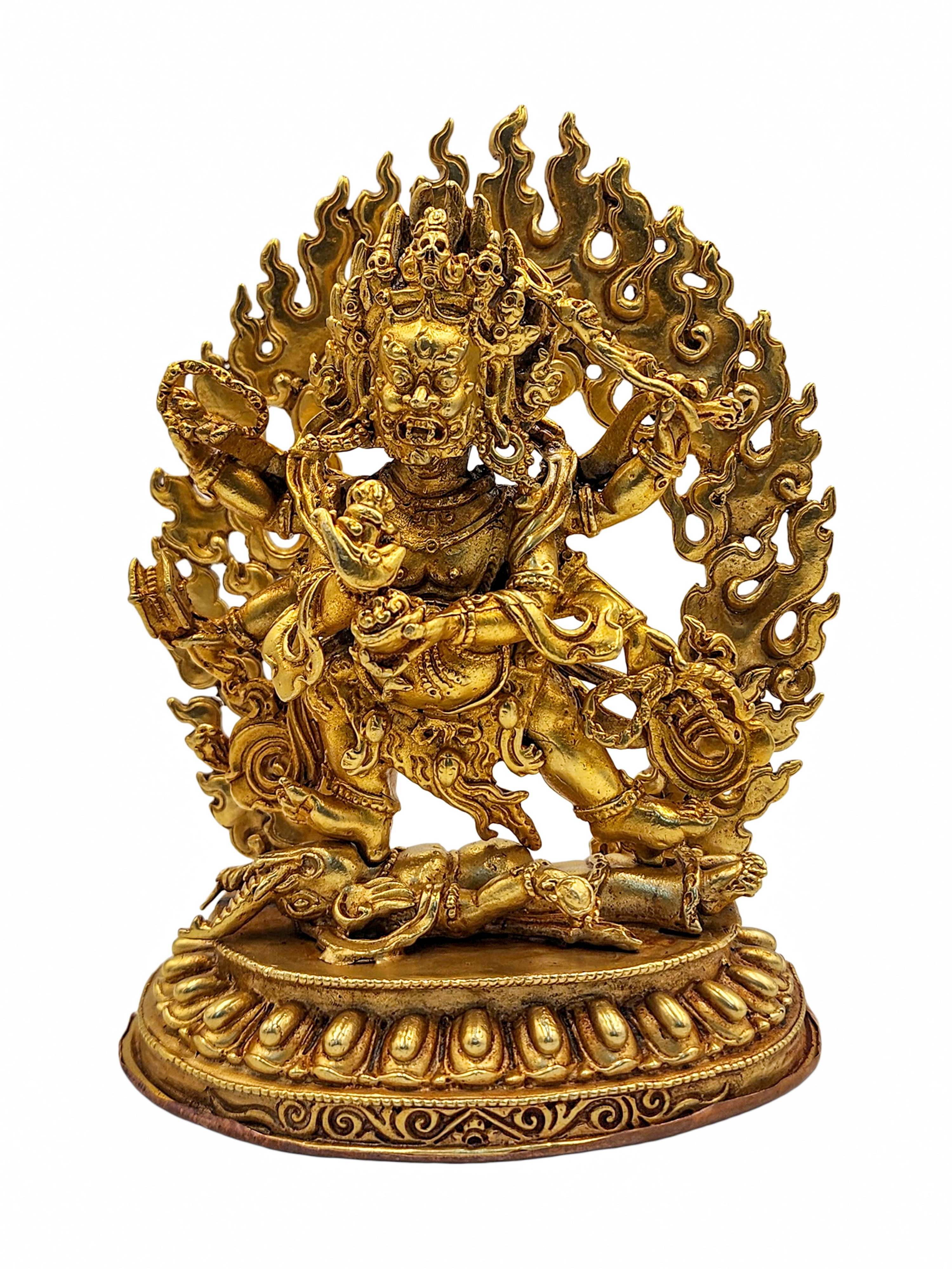
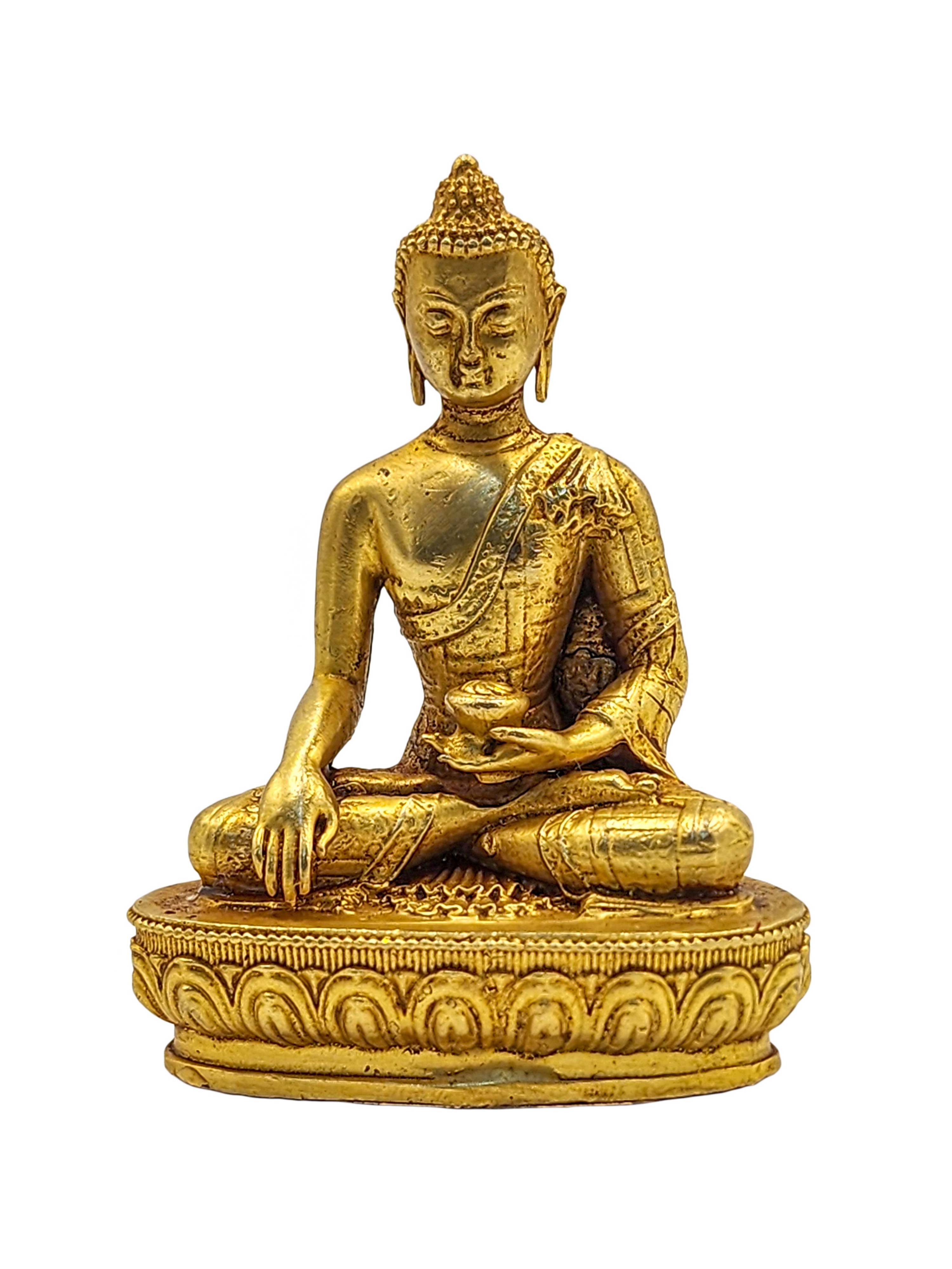 Full Gold Plated,
Full Gold Plated, 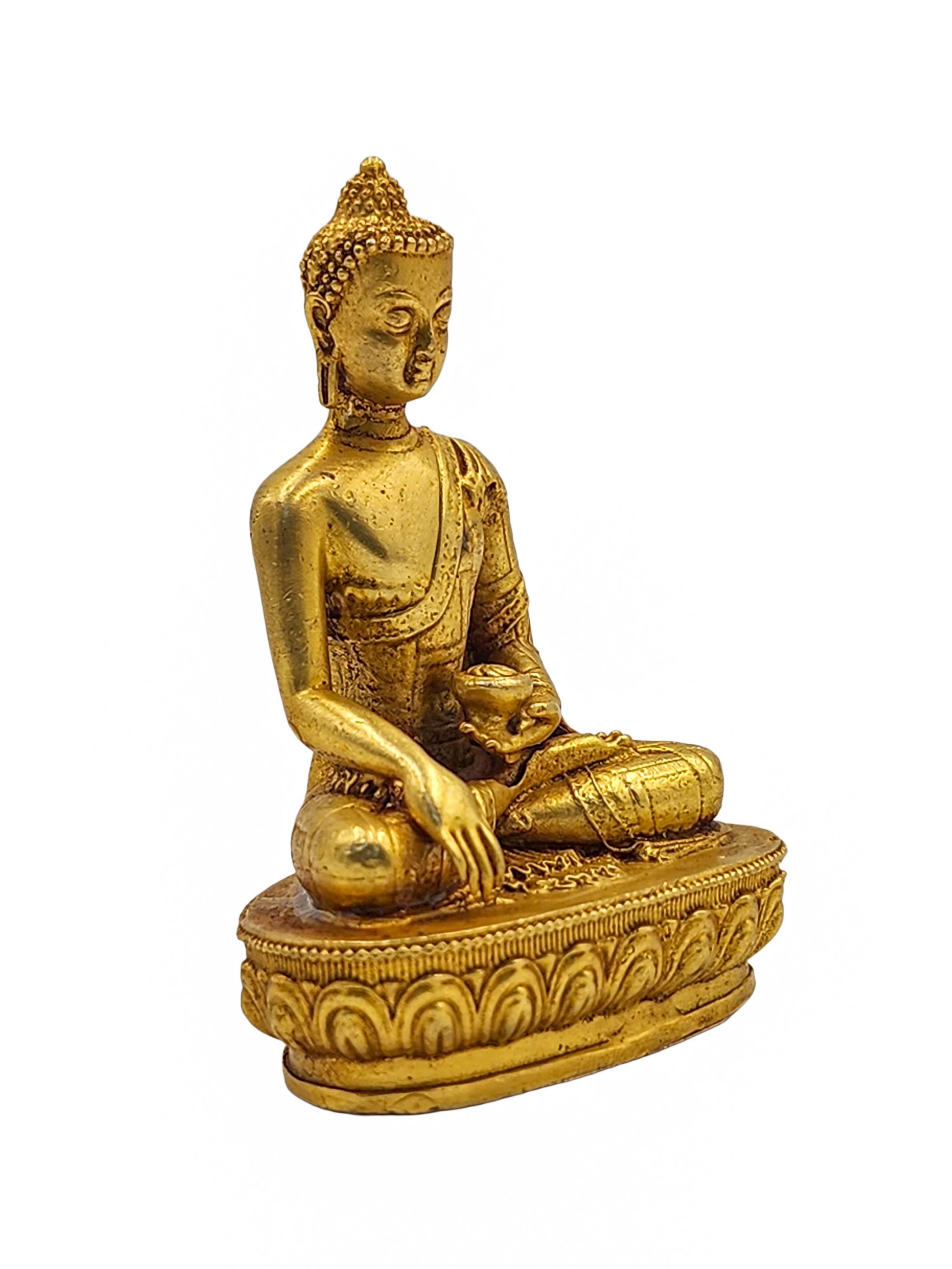 Full Gold Plated,
Full Gold Plated, 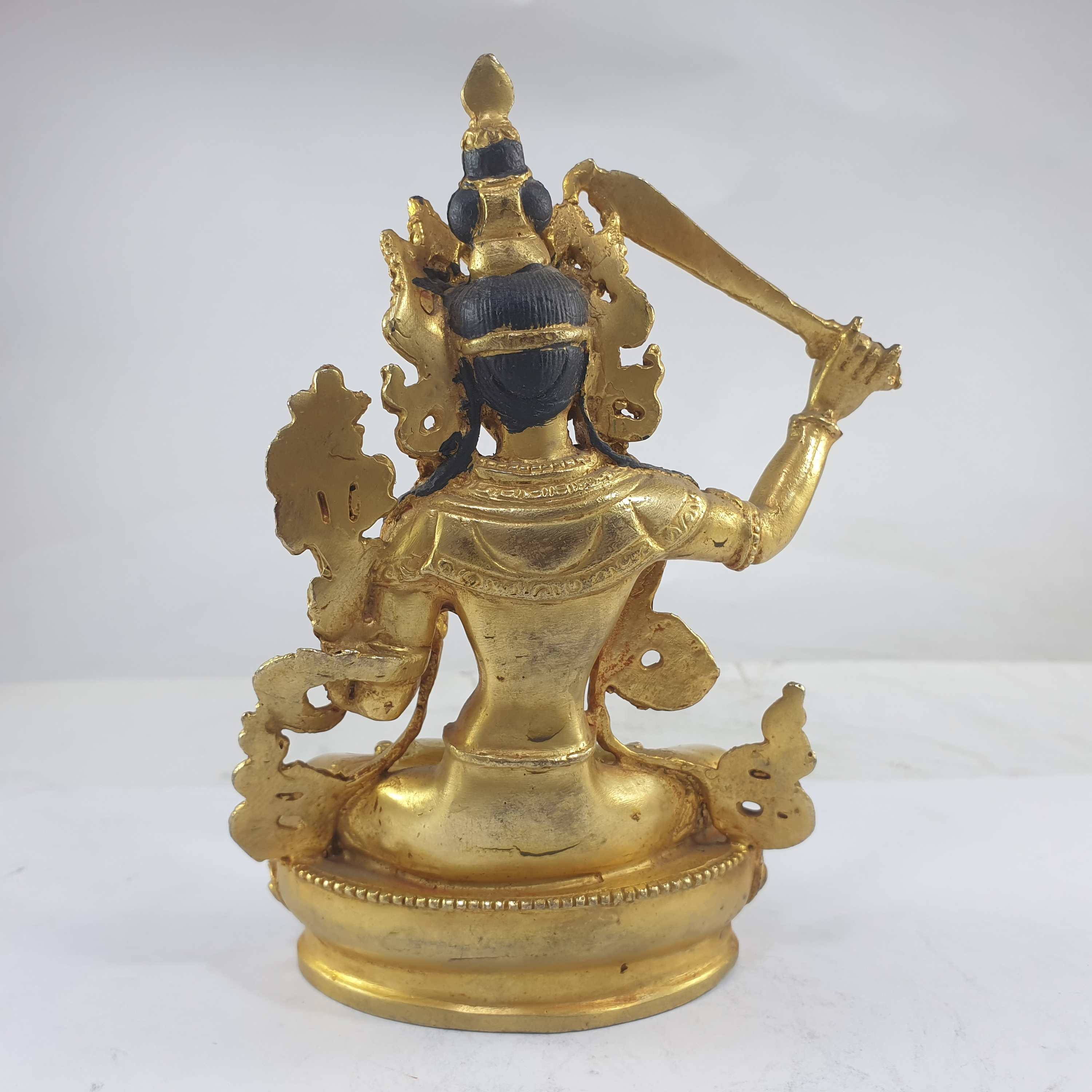 of Manjushri
of Manjushri 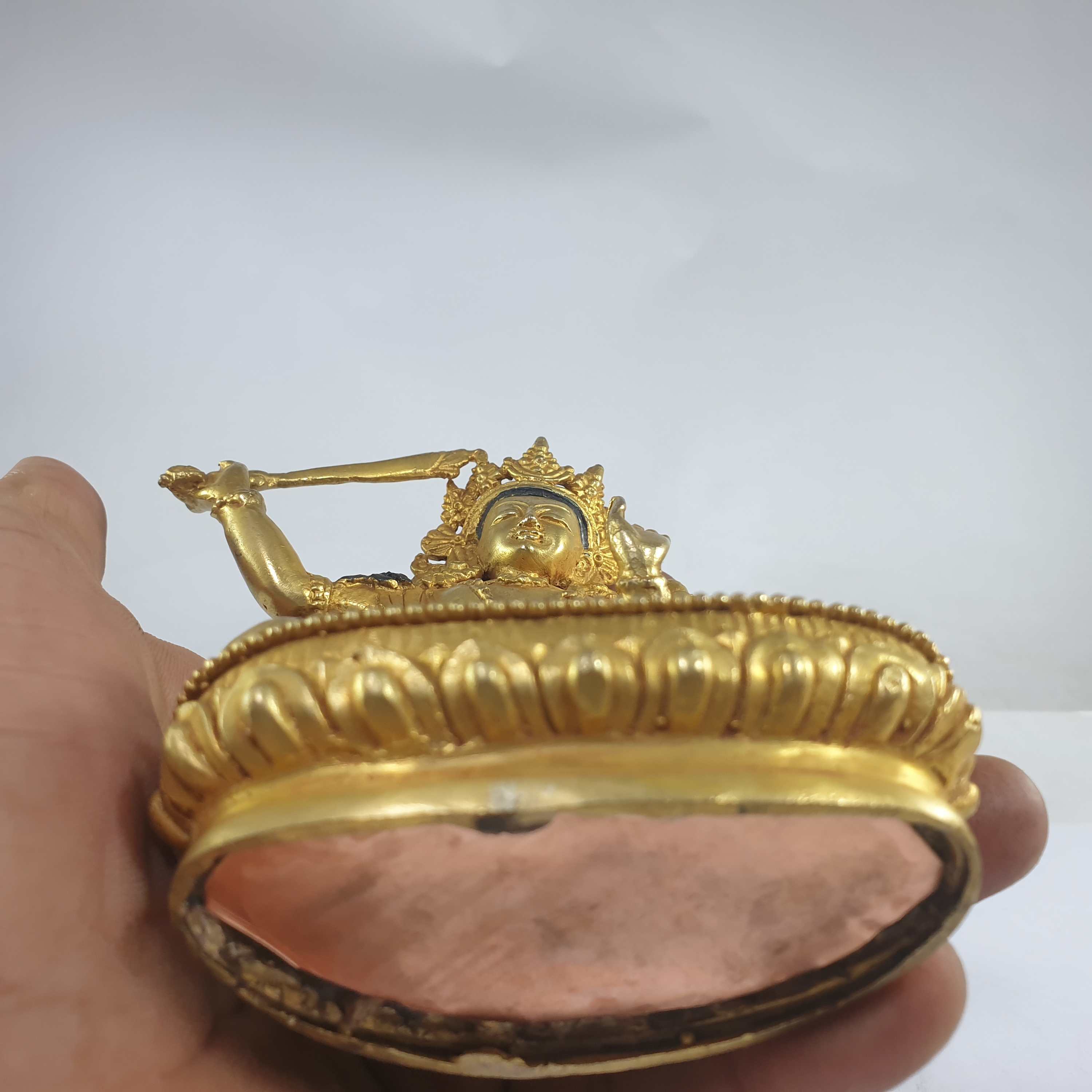 of Manjushri
of Manjushri 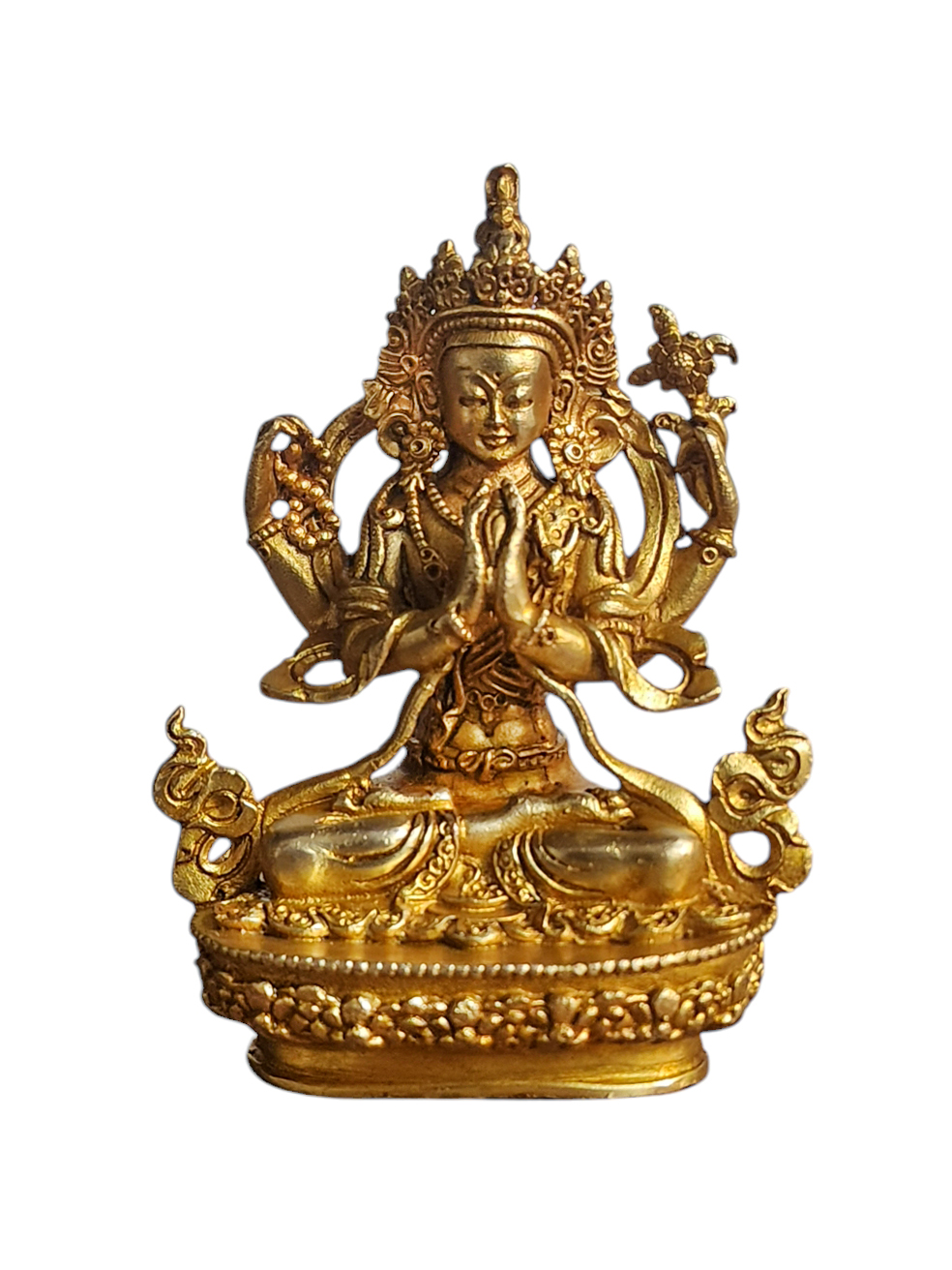 Chenrezig, Buddhist Miniature Statue,
Chenrezig, Buddhist Miniature Statue, 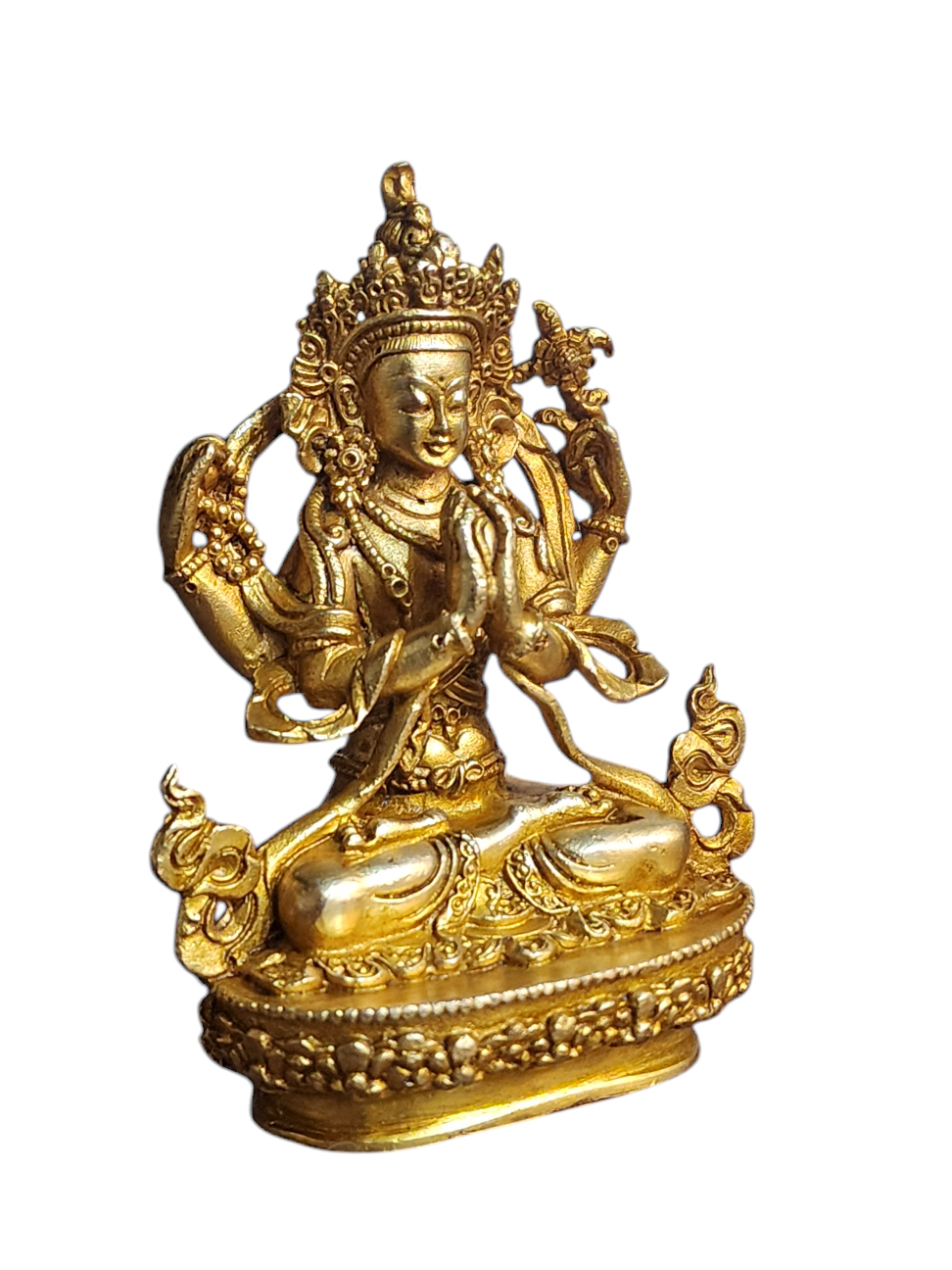 Chenrezig, Buddhist Miniature Statue,
Chenrezig, Buddhist Miniature Statue, 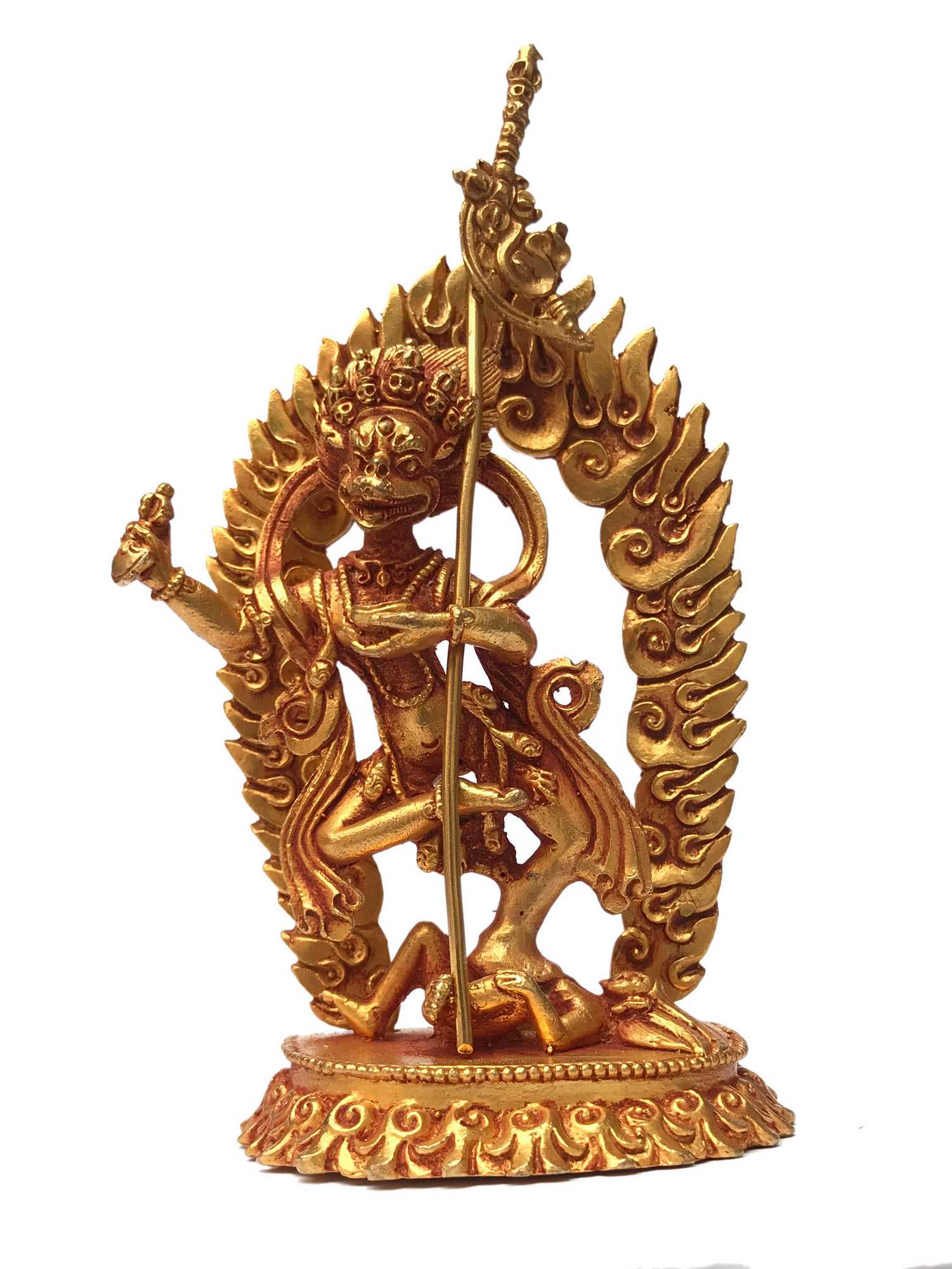 of Simhamukha Yogini, Senge Dongma,
of Simhamukha Yogini, Senge Dongma, 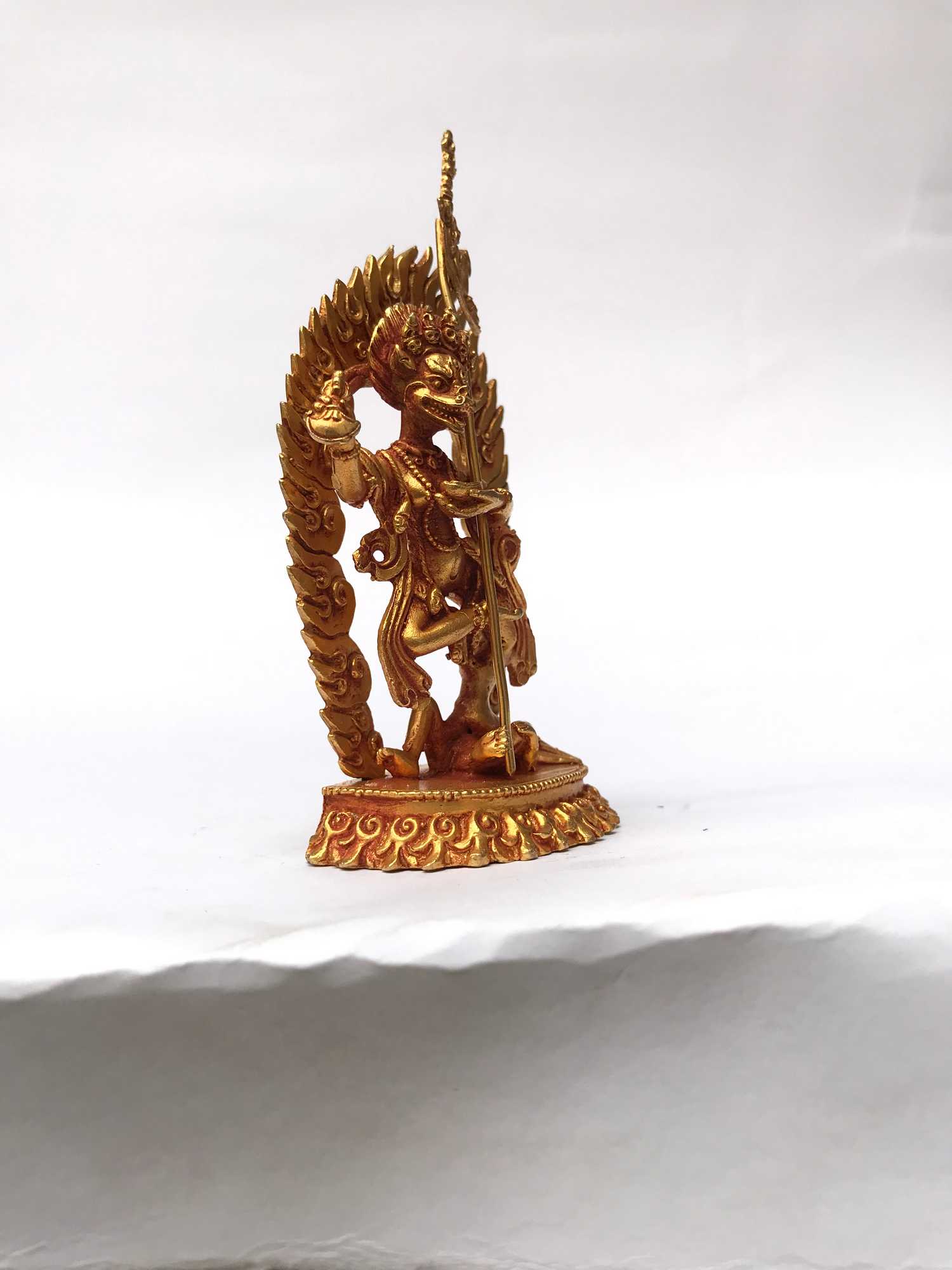 of Simhamukha Yogini, Senge Dongma,
of Simhamukha Yogini, Senge Dongma, 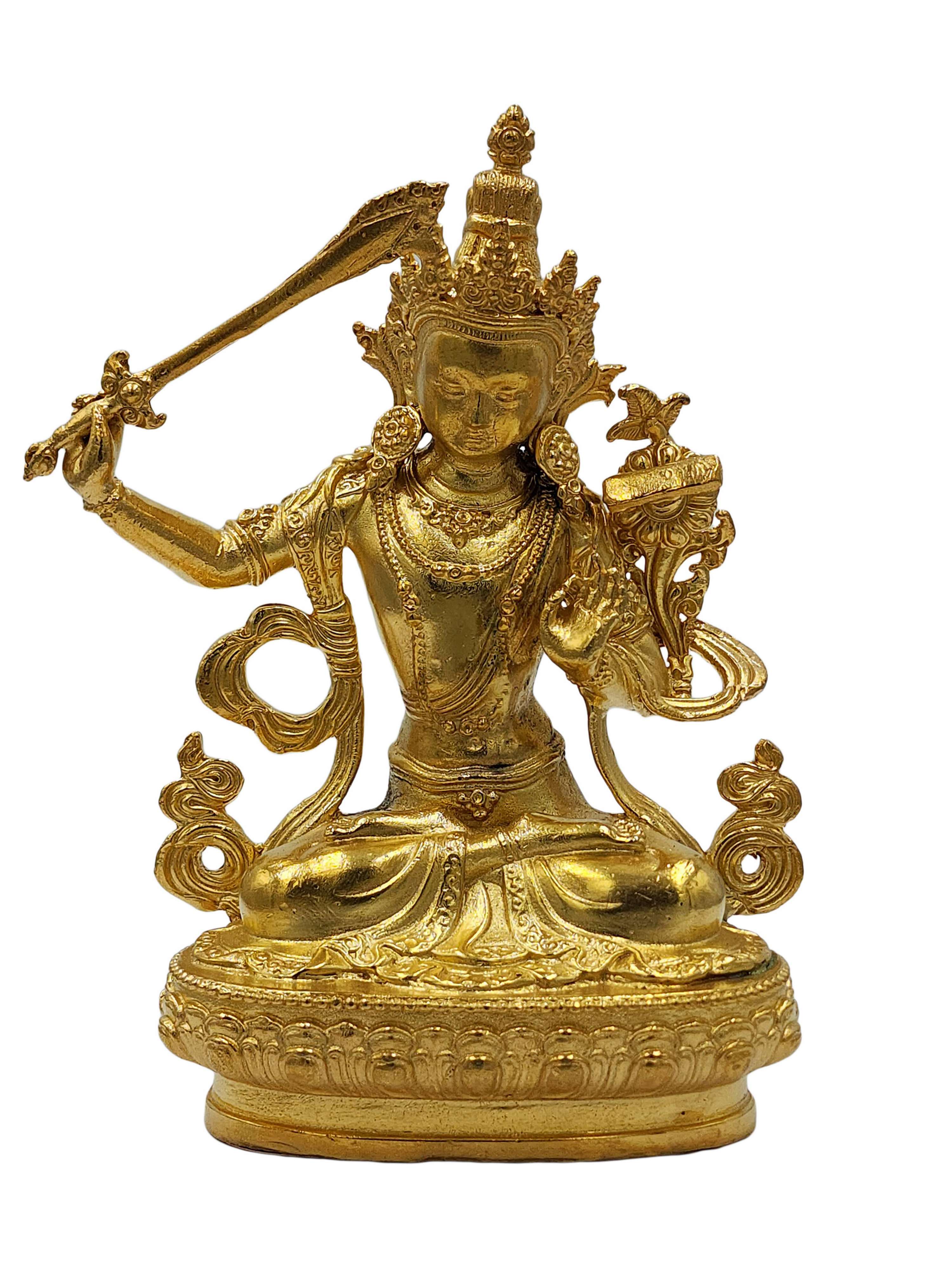 Full Gold Plated" title="Manjushree, Buddhist Miniature Statue,
Full Gold Plated" title="Manjushree, Buddhist Miniature Statue,  Full Gold Plated" title="Manjushree, Buddhist Miniature Statue,
Full Gold Plated" title="Manjushree, Buddhist Miniature Statue,  of Manjushri,
of Manjushri, 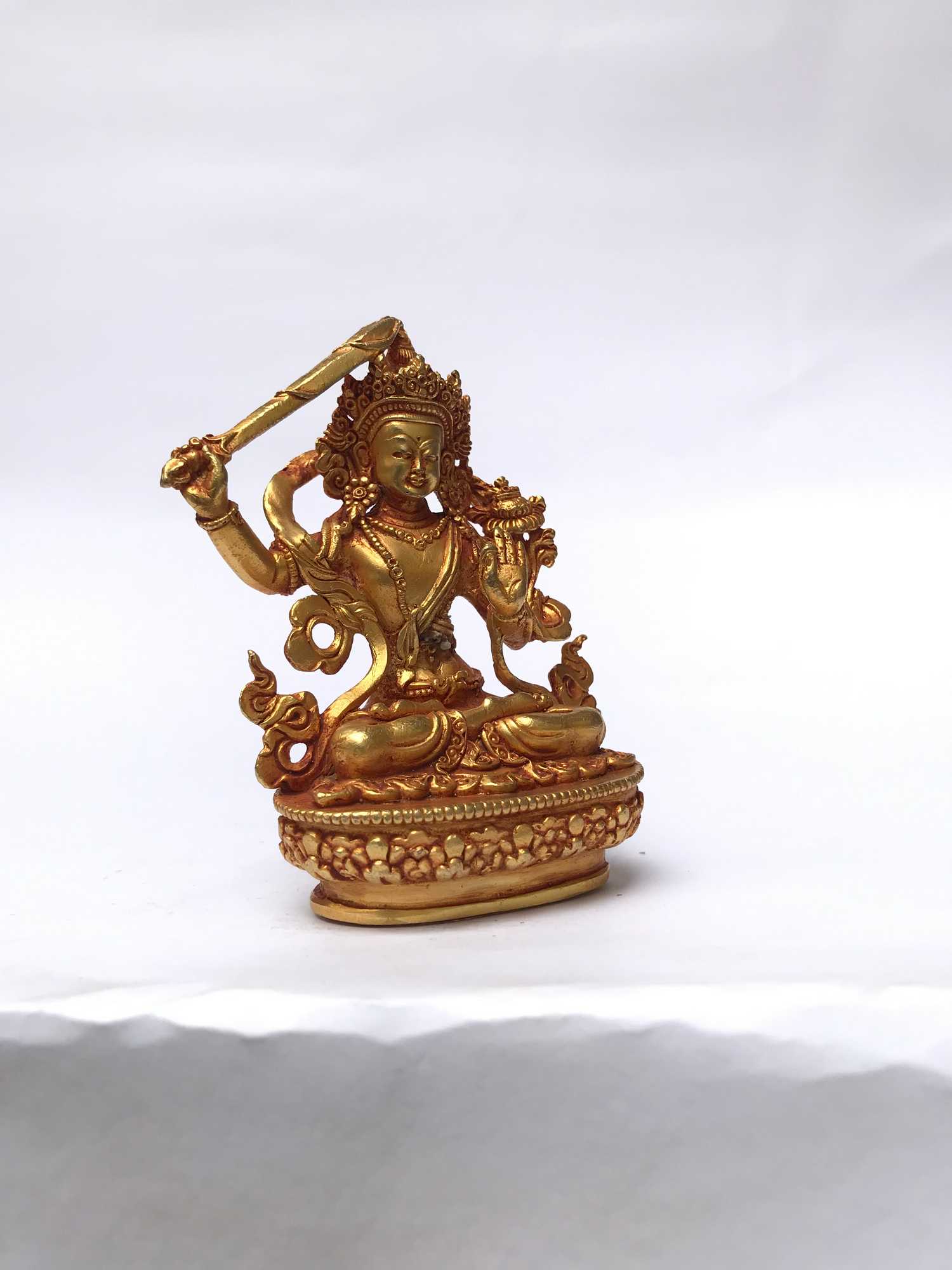 of Manjushri,
of Manjushri, 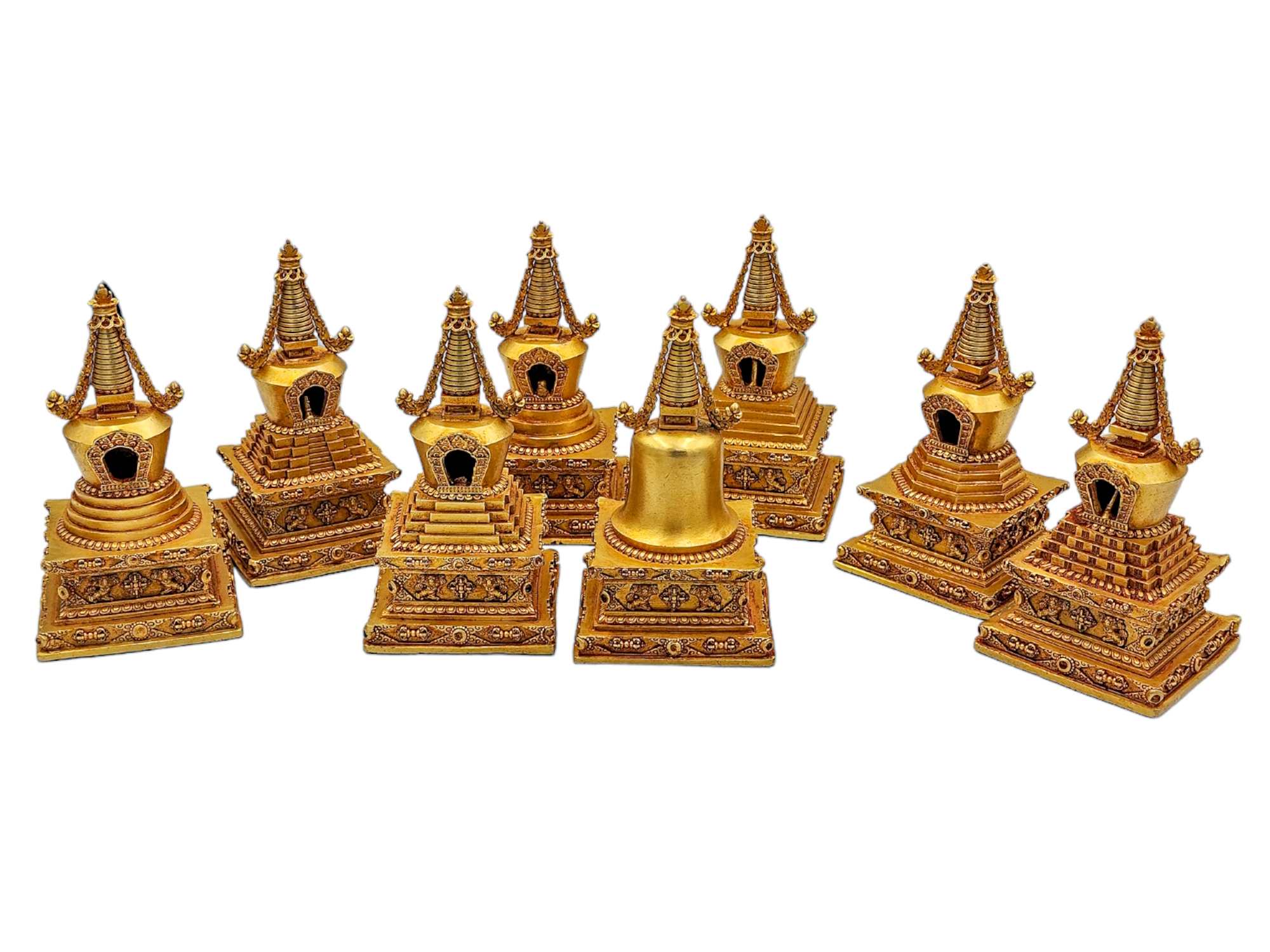 Stupa Set, Buddhist Statue,
Stupa Set, Buddhist Statue, 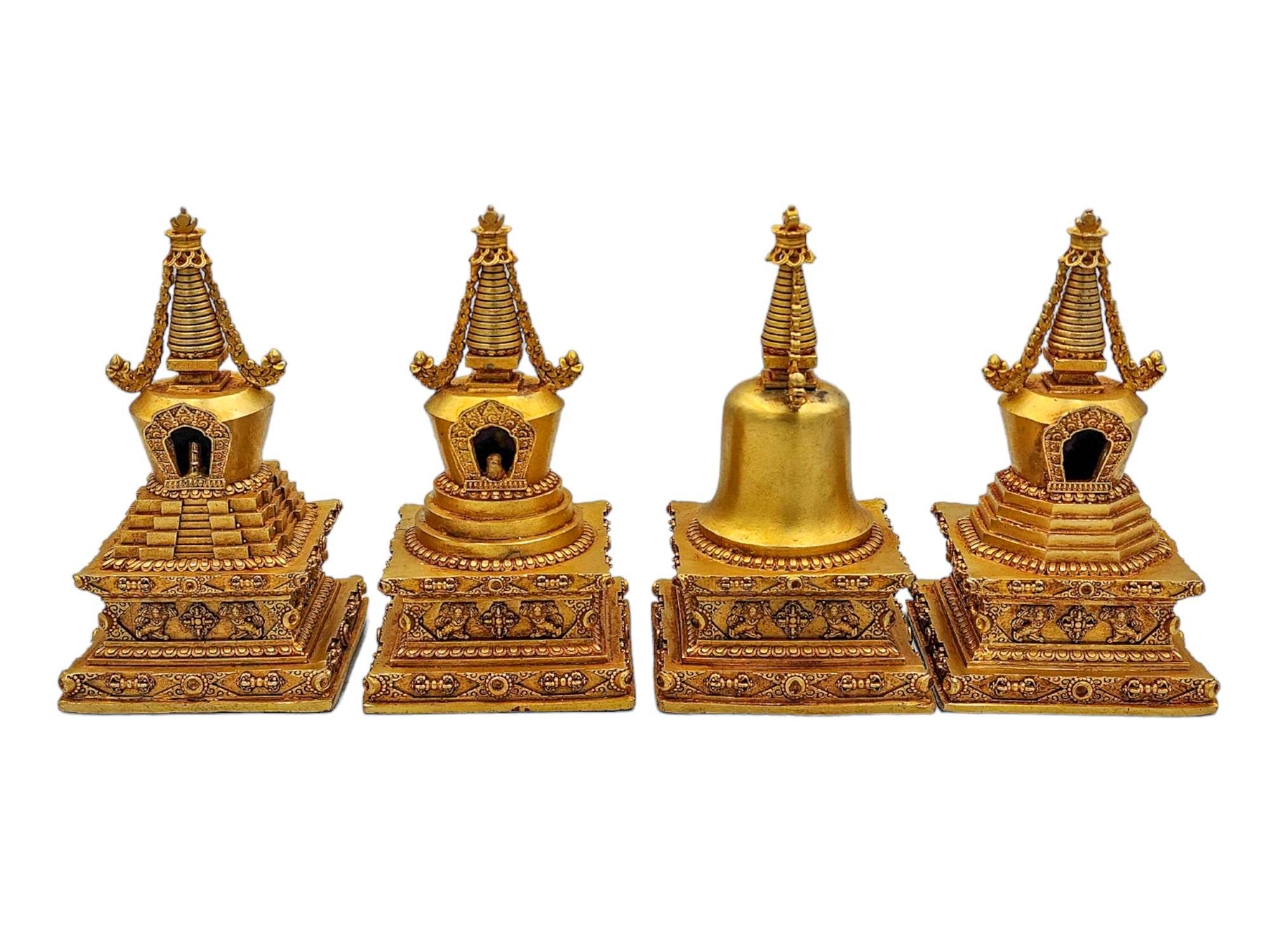 Stupa Set, Buddhist Statue,
Stupa Set, Buddhist Statue, 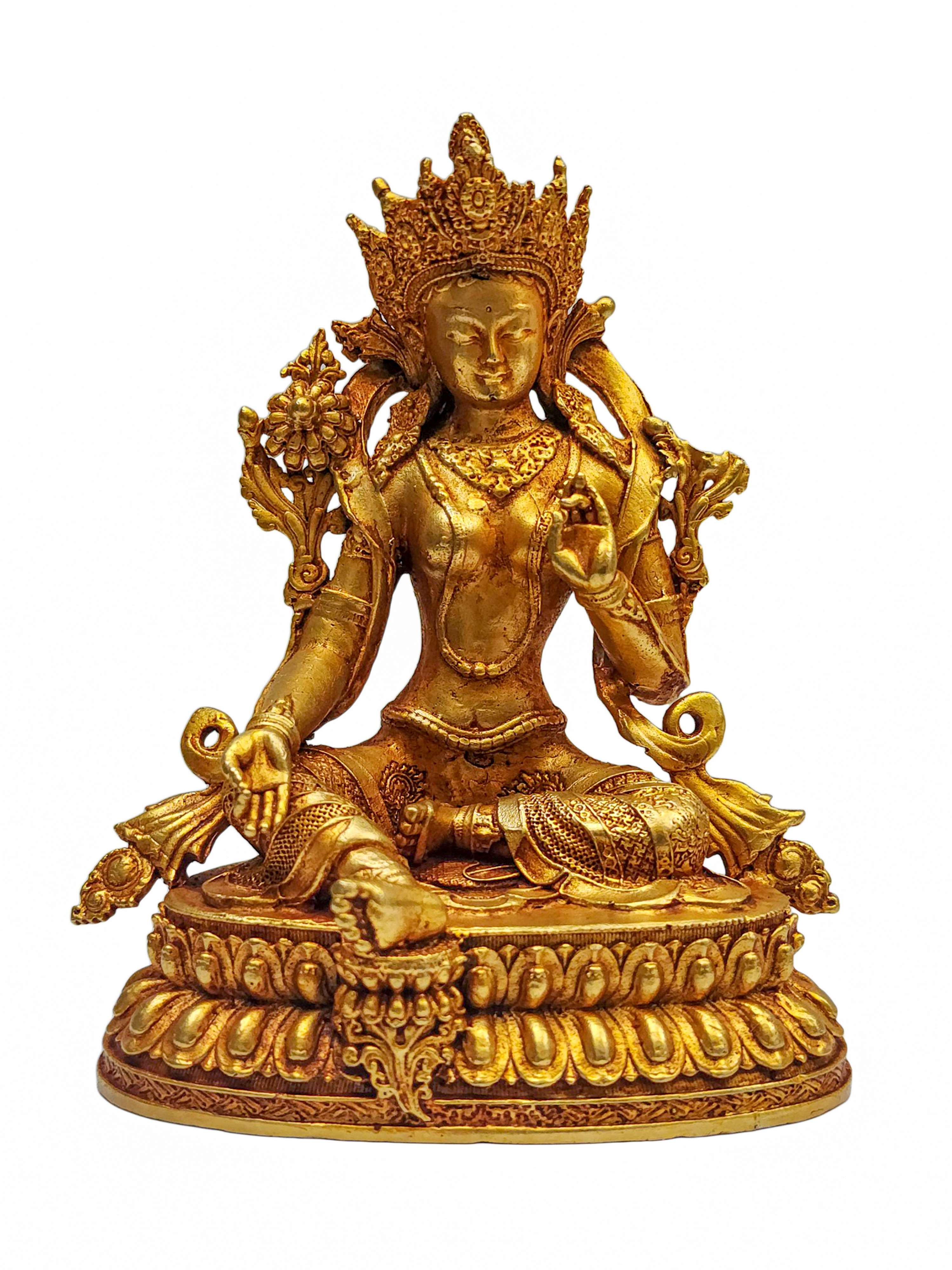 Green Tara, Buddhist Miniature Statue
Green Tara, Buddhist Miniature Statue 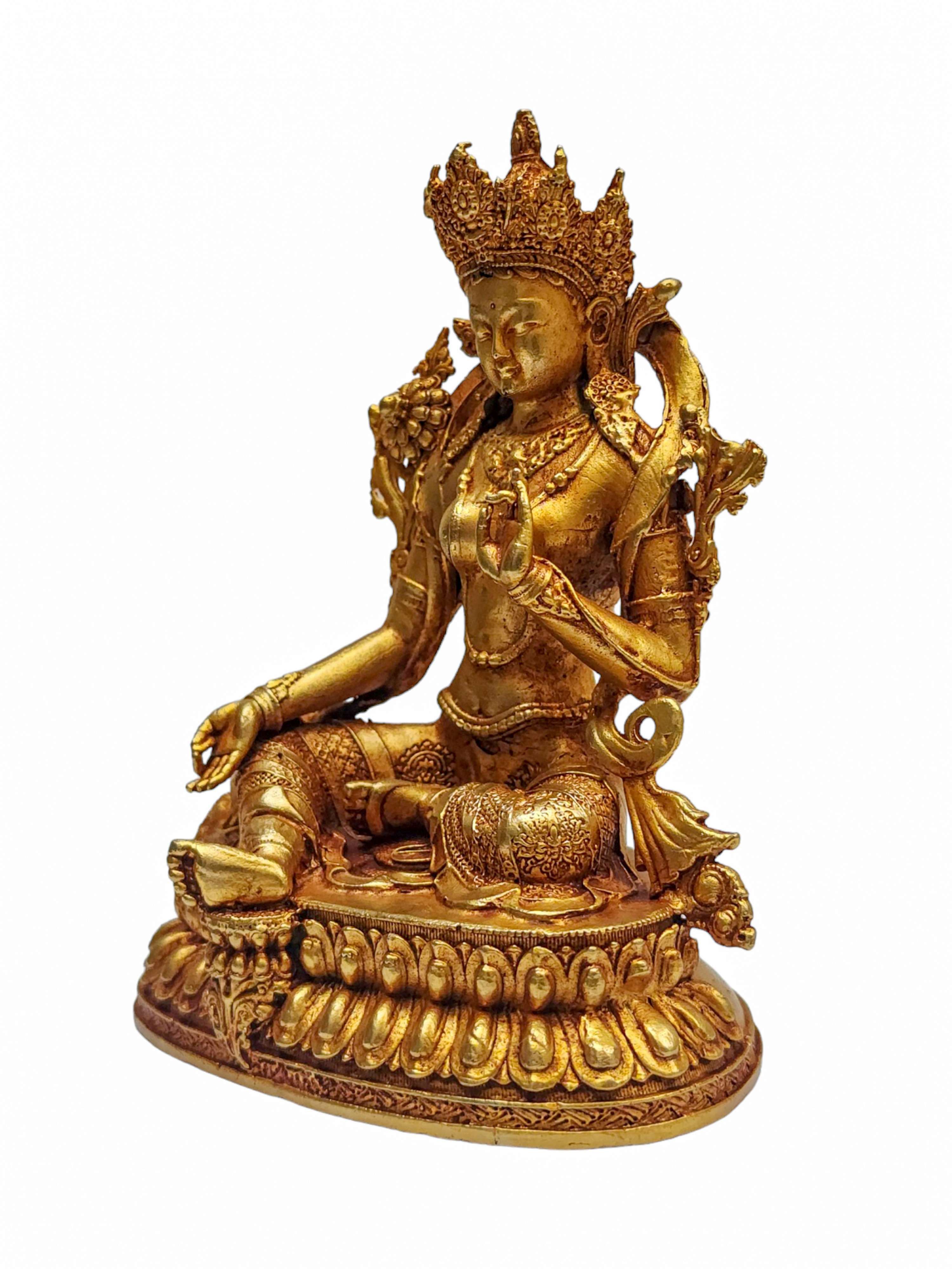 Green Tara, Buddhist Miniature Statue
Green Tara, Buddhist Miniature Statue 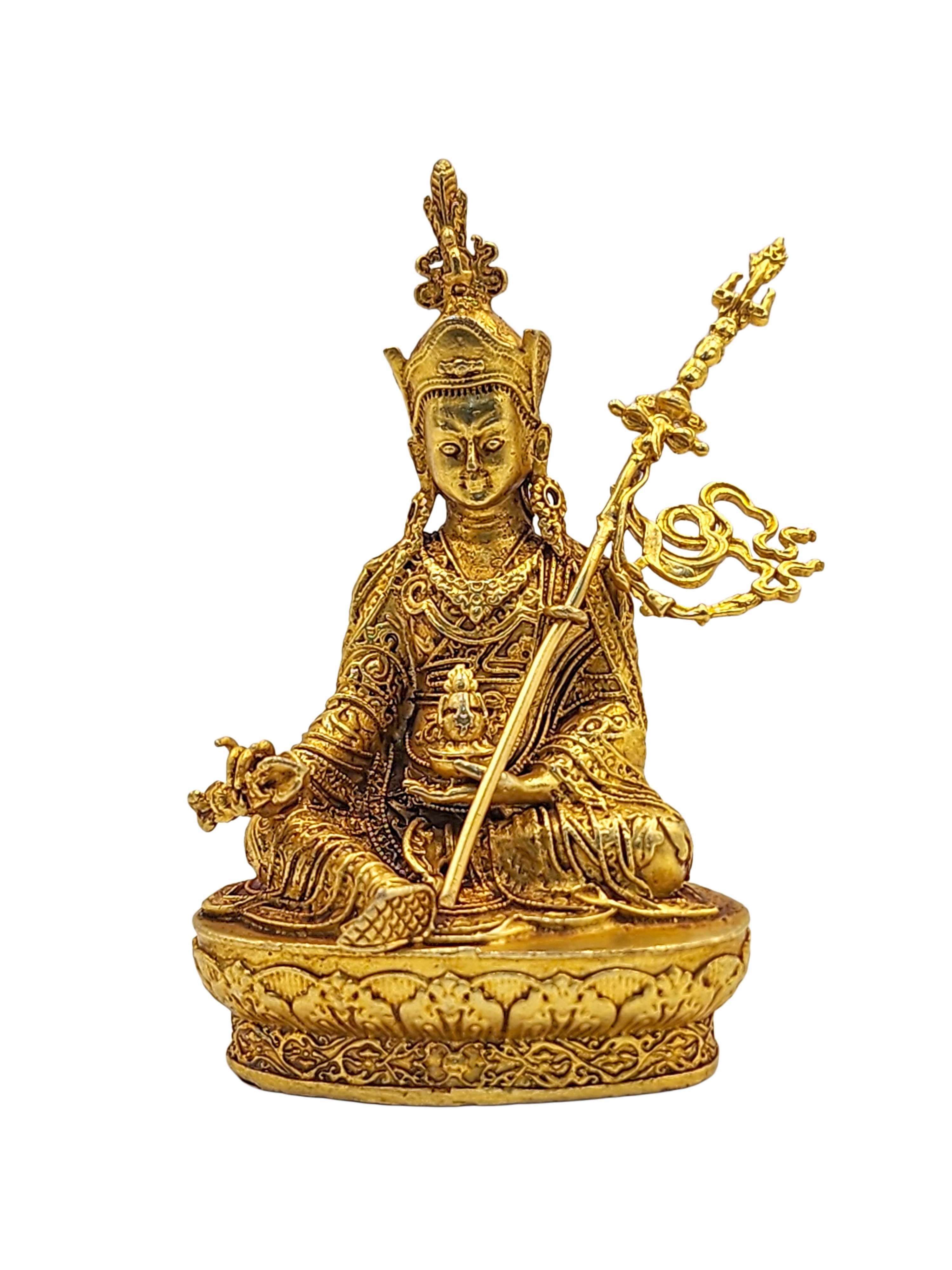 Full Gold Plated,
Full Gold Plated, 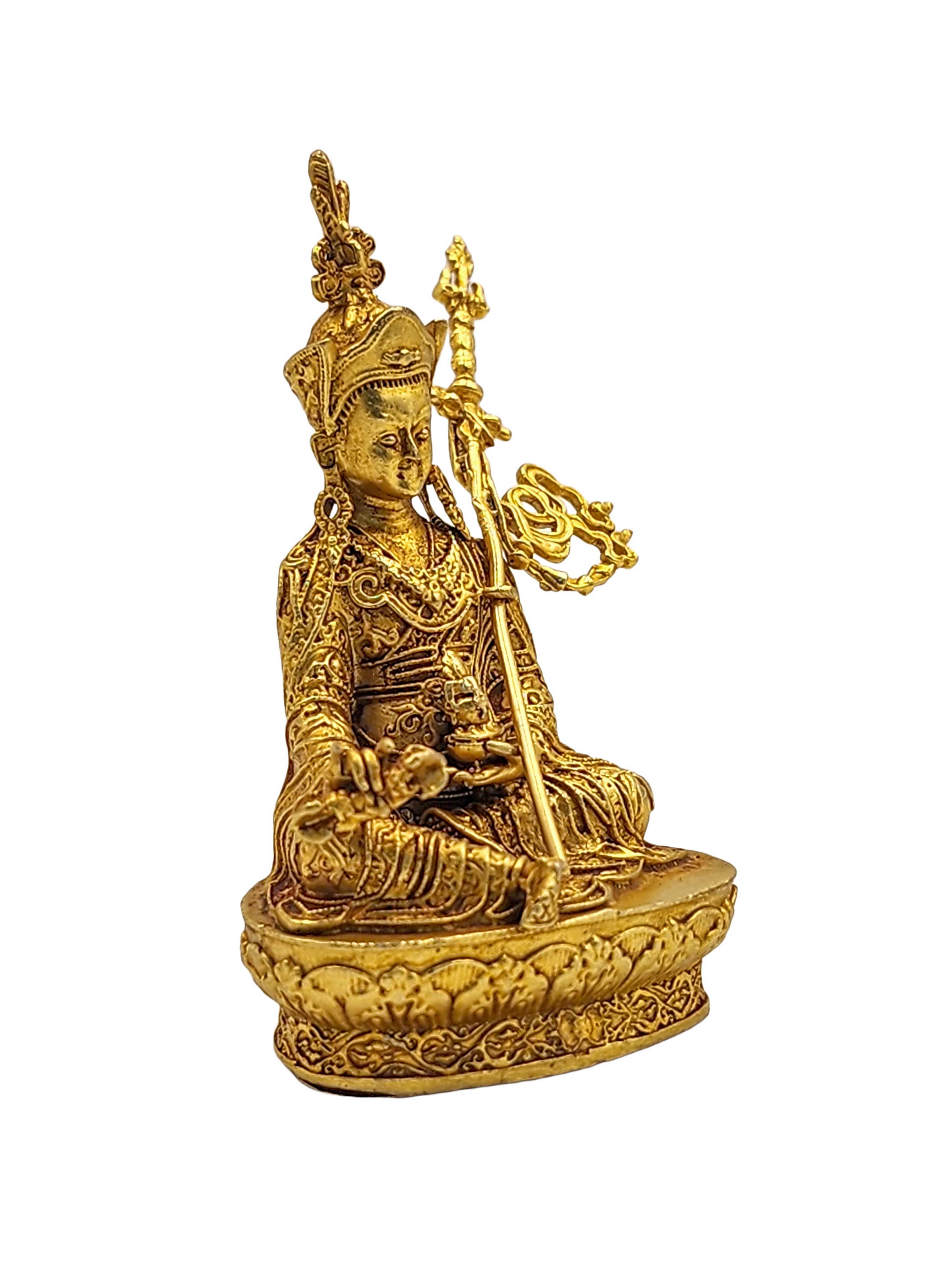 Full Gold Plated,
Full Gold Plated, 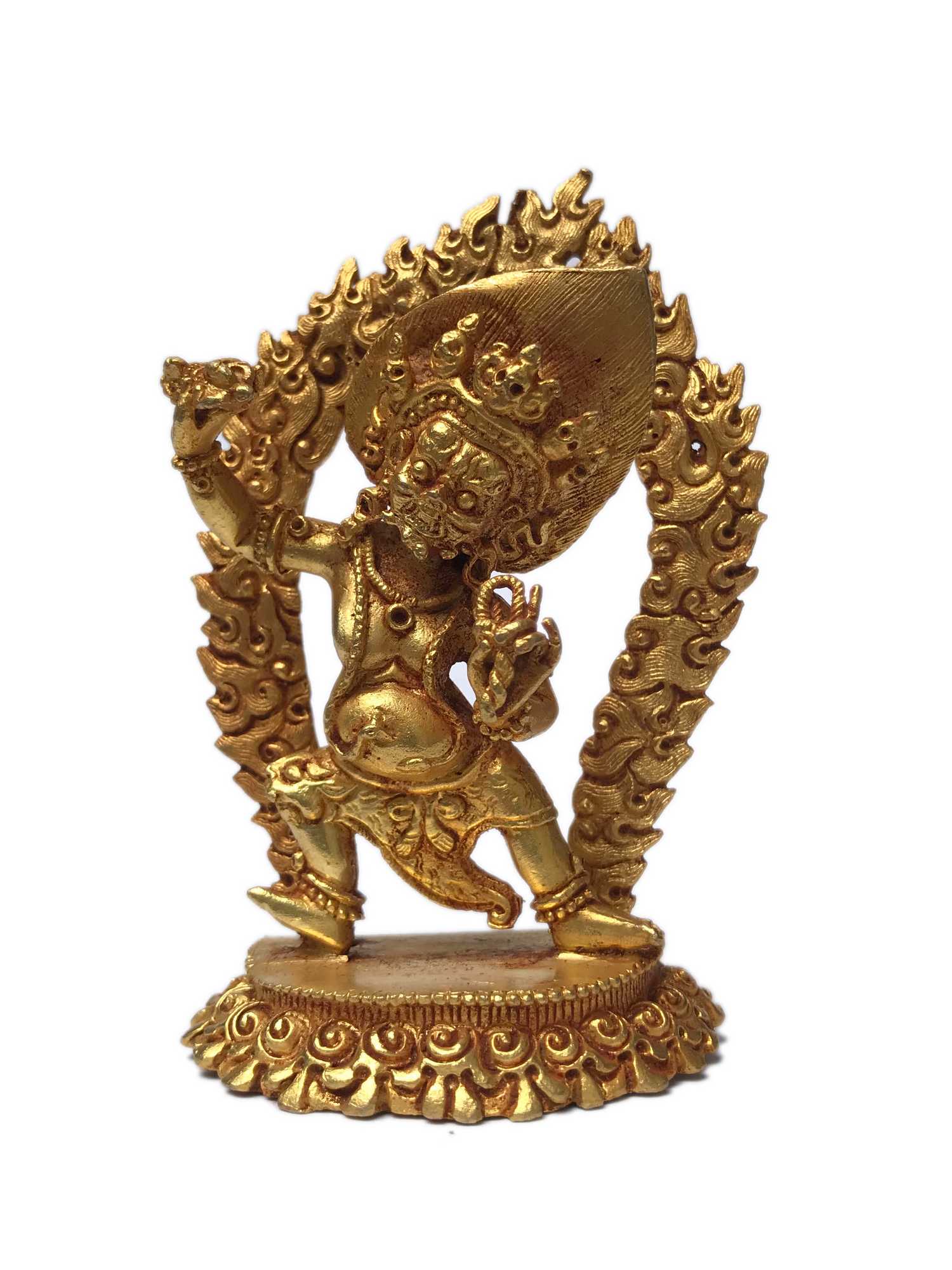 of Vajrapani
of Vajrapani 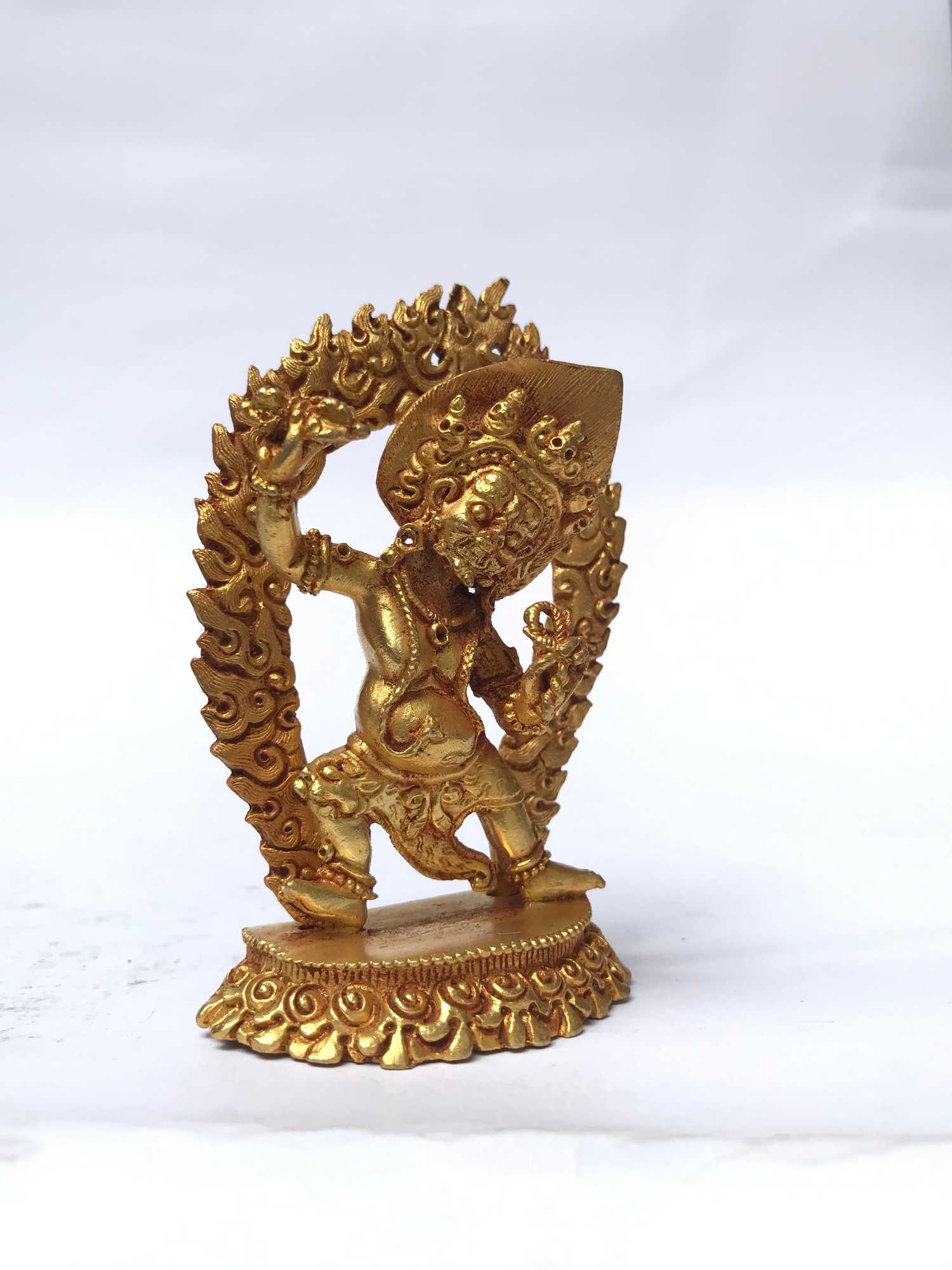 of Vajrapani
of Vajrapani